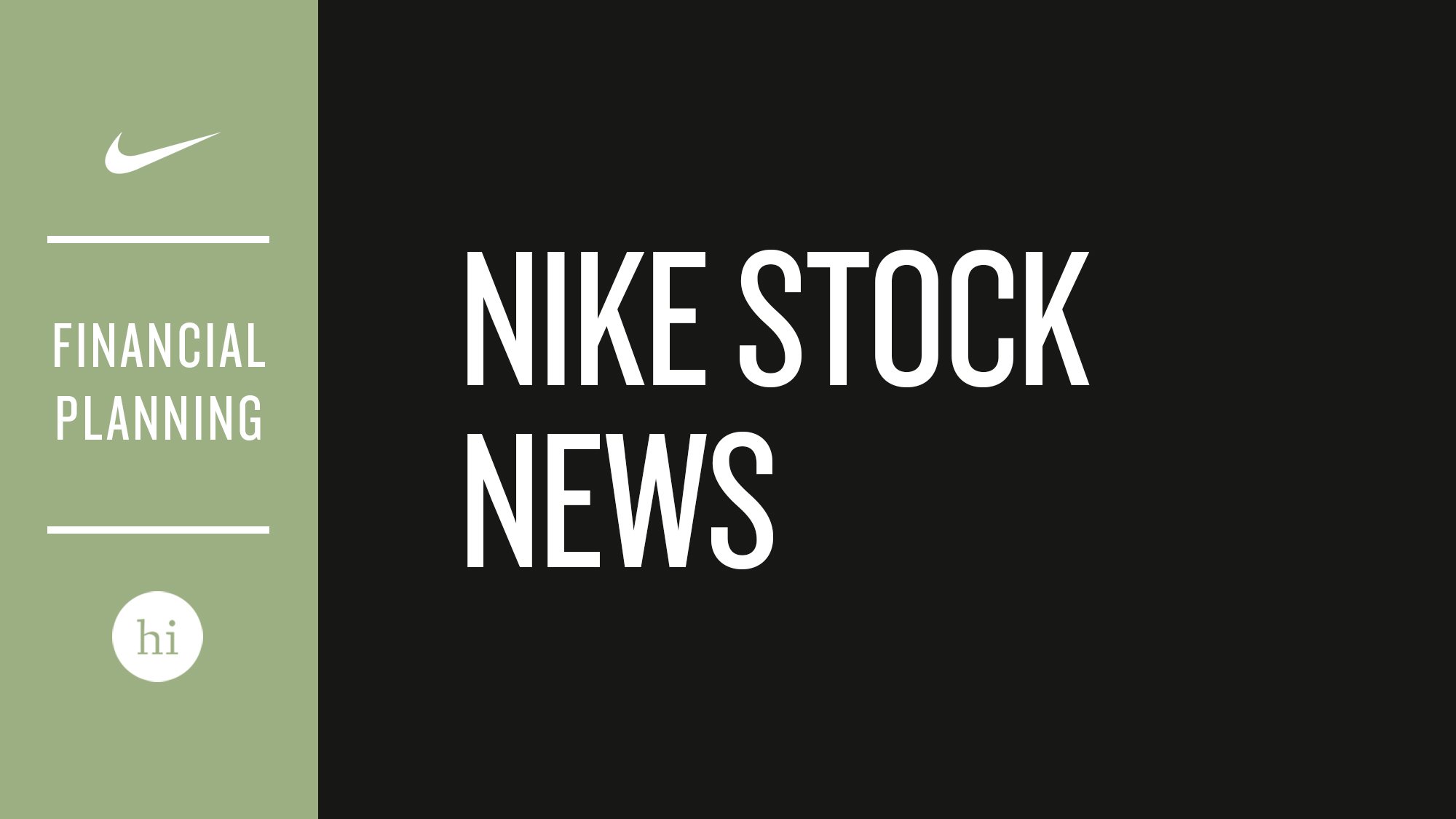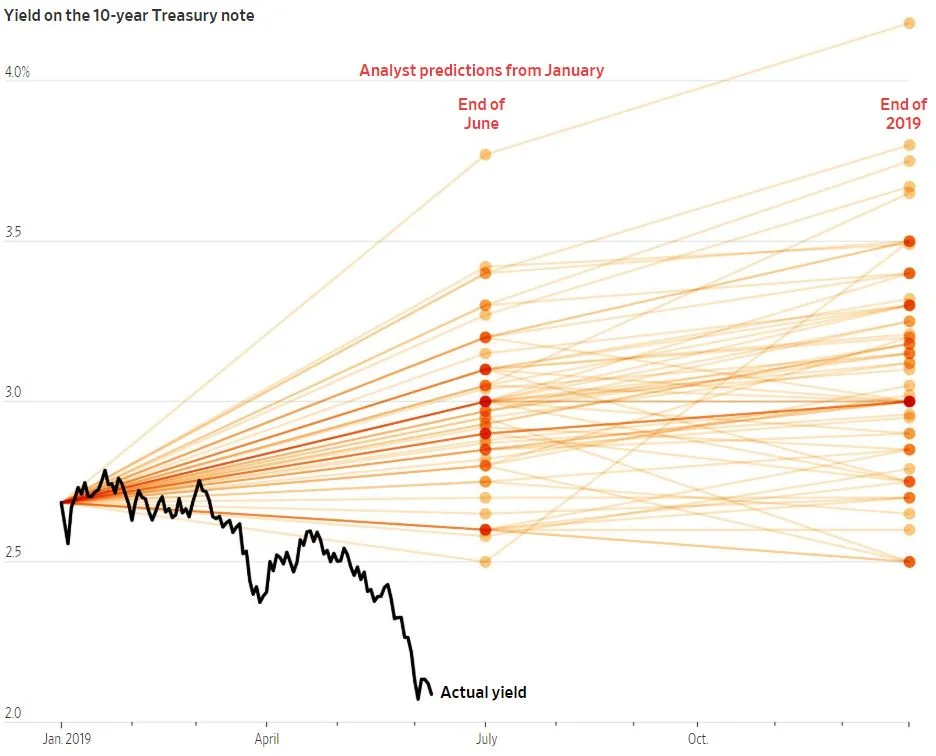As we approach the end of 2019, a common topic for discussion with our Nike clients is around planning for charitable contributions. Nike employees have many factors to consider if they are hoping to maximize both the Nike Donation Match program and the tax benefits of charitable contributions.
MAXIMIZING THE NIKE DONATION MATCH PROGRAM
In order to maximize the impact to your chosen charity, the first step is to find out if it is qualified for a match. To check the qualified donation match list, simply log into the Nike Give Your Best website: https://nike.benevity.org/user/login.
Next, consider the matching rules and limitations outlined below.
Nike Donation Match Details:
Dollar-for-dollar match for charities on the qualifying list
Double match for donations to charities aimed at youth sports
Maximum donation match of $10,000 per calendar year
Grant of $10/hour for volunteer hours up to a maximum of $1,000/year
Additionally, Nike has participated in Giving Tuesday, which was Tuesday, December 3rd this year. If you make donations on Giving Tuesday, Nike will make a double match on all qualifying charities. Thus, planning to make your donations on Giving Tuesday could be a great way to maximize the benefit to your charity.
Once you determine that your charity qualifies for the donation match and the amount you want to give, the next step is to decide how to fund the donation.
WAYS TO FUND THE DONATION
The most common method of funding a donation to charity is by contributing cash. However, a frequently overlooked opportunity is to make contributions from appreciated investments. For Nike employees this is typically some form of Nike stock.
There is an additional tax benefit to using appreciated investments for your donation. All appreciated investments would normally be subject to taxes upon selling the investment, but this can be avoided/minimized if it is first transferred to and then sold by the charity. The charity receives the investment, sells it immediately and the cash proceeds are used for the charitable cause without tax consequences.
Since Nike employees and executives typically own many different types of stock, we will explore the advantages and disadvantages of each type in addition to outside options.
Nike Stock - This is Nike stock purchased individually, outside a Nike employee benefit. This can be a good option depending on how long you have held the stock. The entire market value of the stock can be tax-deductible if considered long term gains (i.e. held for longer than one year). If the stock is held less than one year you only receive a tax deduction on the “cost basis,” which is the original amount you invested. If this stock has the most growth (largest gain) of all your investments, then it could be one of the most tax-advantageous options for a donation.
Nike ESPP – Nike stock purchased through ESPP has a different set of tax implications and considerations. Nike allows you to purchase the stock at a 15% discount and that discount is taxed as income whenever you sell the stock. The discount is also taxable upon donating the shares to charity. Additionally, the holding period to get the best tax treatment and receive a full deduction for the full market value is longer than normal Nike stock as described in the first scenario. ESPP shares need to be held for at least 2 years from the grant date and at least 1 year from the purchase date to receive the optimal tax benefits. Depending on the amount of growth in this stock, it may not be the best stock to utilize since the 15% discount will still be taxable upon the sale and the holding period rules may be challenging to track.
Nike Vested Restricted Stock Units (RSUs) and Restricted Stock Awards (RSAs) – RSUs and RSAs generally vest over a 3 or 4-year period. Once this stock is vested, the stock becomes just like normal Nike stock (see option #1) and therefore should be held for longer than one year before donating it to a charity. Since the vested shares become the same as option #1, the benefit in donating these shares depends on how much it has grown. As with other stock, the larger the gain the better as you will avoid higher taxes if used as a donation. Unvested RSUs and RSAs are not available for donation to charity.
Nike Stock Options – Stock Options are non-transferable and not available to donate to charities. You may, however, exercise the option and either transfer the exercised stock or cash proceeds to the charity. This method does not offer a significant tax benefit since income tax is paid on the option exercise. If you exercised stock options and held them as stock for a long period of time with significant growth, then it could become a beneficial method.
Stock in a Different Company (i.e. Amazon, Google, etc.) – Nike employees that have worked for a publicly-traded company in the past typically own sizable amount of stock from their previous employer. This can be a good way to divest of that stock and diversify without having to pay additional taxes when sold.
Other Stock/Mutual Funds/ETFs – If you have other outside investments those can be also be an effective gifting option. These follow the same holding period rules as option #1. Again, comparing the amount of gain in these investments versus other types of Nike stock is important in evaluating the optimal gifting and tax benefit option.
Once you have made the donation with one of the options above, make sure that you receive a receipt and submit it through the Give Your Best platform within 90 days of the donation.
Other Considerations
Be mindful of the Nike Blackout period. If you are an executive that is subject to this restriction, when selling Nike stock during certain times of the year you will want to make sure that you do not donate Nike stock during the Blackout Period.
Tax Deductibility of Charitable Contributions: Charitable tax deductions changed significantly in 2018 with the recent tax law change from the Tax Cut and Jobs Act of 2017. Be sure to check with your CPA or Financial Planner to see if your charitable contributions are tax-deductible for this year. If they are not currently tax-deductible, you still may be able to take advantage of the tax deduction using a strategy known as “bunching.” See the Human Investing blog post for details on the “bunching” strategy HERE.
In addition, based on your total income, there may be limitations to the amount of your deductions in any given year. Limitations are determined by your Adjusted Gross Income on your tax return. If you cannot take the full tax deductions now due to this limit, those deductions can be carried forward for up to 5 years in the future.
As we have outlined above, there are many options for Nike employees to consider when marking charitable gifts to the organizations that are important to them while at the same time maximizing the tax benefits. These strategies can also be an effective way to diversify your exposure to one stock without having to pay a significant tax bill in the process.
If you have questions or want to know more about how to plan your charitable giving as a Nike employee, you can schedule time with me on Calendly below, e-mail me at marc@humanvesting.com, or call or text me at (503) 608-2968.




























































